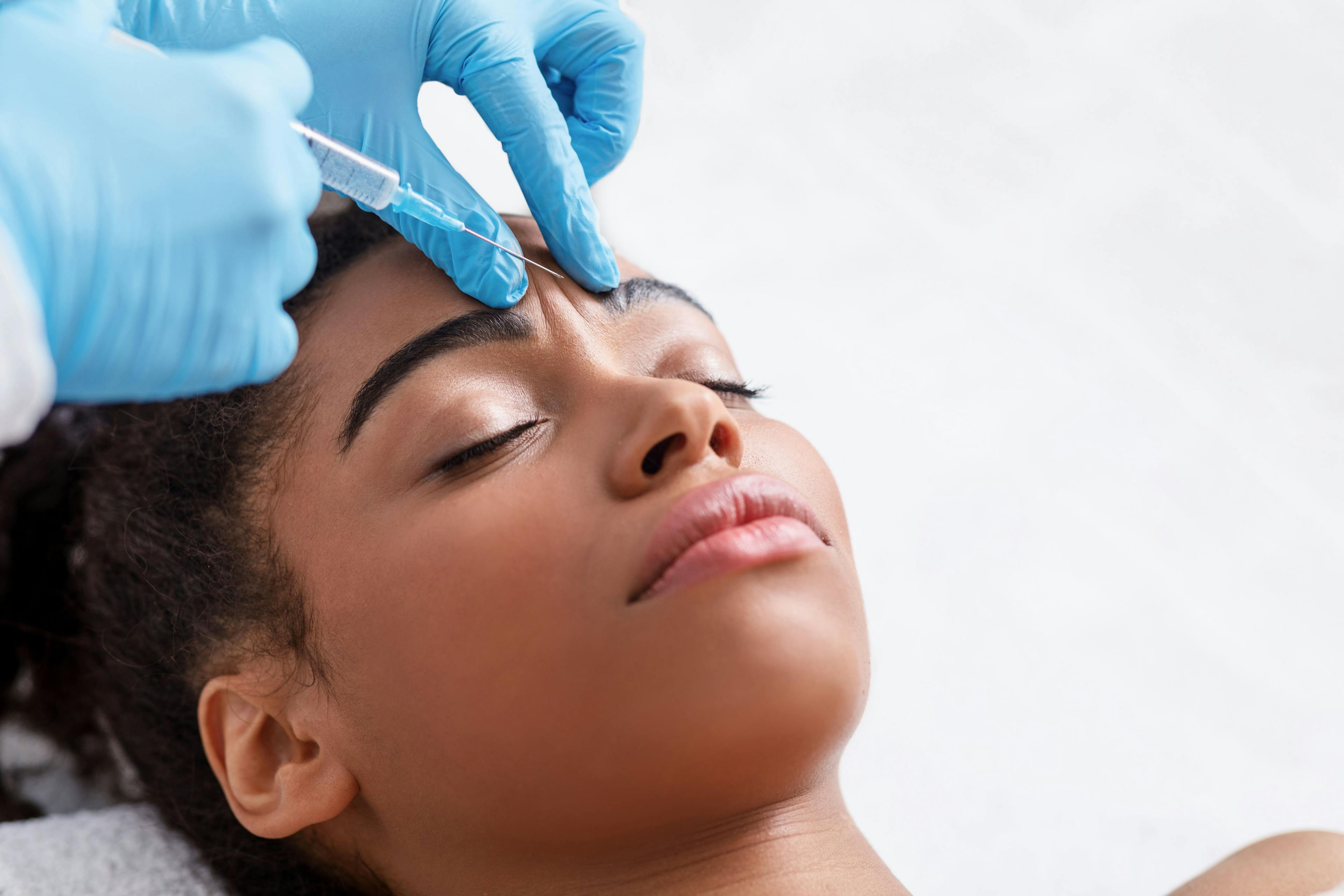- Acne
- Actinic Keratosis
- Aesthetics
- Alopecia
- Atopic Dermatitis
- Buy-and-Bill
- COVID-19
- Case-Based Roundtable
- Chronic Hand Eczema
- Chronic Spontaneous Urticaria
- Drug Watch
- Eczema
- General Dermatology
- Hidradenitis Suppurativa
- Melasma
- NP and PA
- Pediatric Dermatology
- Pigmentary Disorders
- Practice Management
- Precision Medicine and Biologics
- Prurigo Nodularis
- Psoriasis
- Psoriatic Arthritis
- Rare Disease
- Rosacea
- Skin Cancer
- Vitiligo
- Wound Care
News
Article
Dermatology Times
Back to School, Back in the Spotlight
Author(s):
Young patients are heading back to school, and common skin issues like acne, eczema, warts, and pigmentation can affect their confidence, Shanna Miranti, MPAS, PA-C, writes.
Summer: Does anyone else remember when it lasted a full 3 months? How is it over already? I’m the proud mother of 4 amazing kids who will be entering grades 10, 8, 5, and 2 this fall. Although my kids are outgoing, smart, athletic, and love their friends and teachers, not a single one of them is looking forward to starting the new school year.
This is a trend I see repeated in my daily clinic. I ask dozens of school-aged kids and teens, “Aren’t you excited to get back to school?” The question is met with a resounding “No!” Could it be that they are not feeling confident about returning to the visible spotlight of the school year because they are not looking and feeling their best, skin wise? Here are some great tips to prepare a dermatology provider with the inevitably most common dermatologic back-to-school skin problems.
Every August, the 4 most common skin conditions that I see in my office are acne, atopic dermatitis (AD), warts/molluscum, and pigmentary conditions. Although this is not an all-inclusive list, I want to empower the dermatology provider to have a strategy ready to treat all 4 of these common problems. Let’s review the newest, latest, and greatest treatment options for these conditions.
Acne
Acne is the primary reason for which patients seek dermatologic care. The majority of our acne patients with acne are in middle school, high school, or college, but as we all know, acne can affect patients as young as 9 years old. Acne is a cause for much concern when students are returning to the visible school spotlight. We are extremely fortunate to be practicing medicine at a time when we have so many FDA-approved options for our patients with acne. For our 9- to 11-year-old patients, there are now numerous products that are FDA approved to treat acne in the preteen age demographic. Trifarotene (Aklief), tretinoin (Altreno), minocycline (Amzeeq), tazarotene (Arazlo), sarecycline (Seysara), and tretinoin/benzoyl peroxide (Twyneo) have all been FDA approved since 2019 with the age indication of 9 years and older. Word to the wise: Generic tretinoin is not indicated for this age group (12 years and older).
If your patients want the newest, latest and greatest option for acne treatments, consider clindamycin/adapalene/benzoyl peroxide (Cabtreo). This drug gained FDA approval in October 2023 and was released to pharmacies in February 2024. It is the first triple-combination topical therapy approved for acne vulgaris in patients 12 years and older. It is 1 product, once a day, with astounding efficacy results. More than 50% of patients in the clinical trials were clear or almost clear at 12 weeks,1 so those of us who have been using it since February are replicating these results and seeing great efficacy in our own patients. The ease of use of this product drives adherence, so it is a great option for your patients who want to simplify their regimens and use only 1 prescription product (and/or pay 1 copay).

Atopic Dermatitis
Patients with AD often come to our offices this time of year flare-up due to summer travel, heat, changing seasonal allergens, the stress of school starting, or many other triggers. The good news for patients with AD is that we have new FDA-approved options and even more treatment options on the horizon. My challenge to the dermatology provider is to think beyond steroids.
There are now 3 new topical steroid alternatives (2 PDE4 inhibitors and a JAK inhibitor) on the market, with a fourth (aryl hydrocarbon receptor agonist) to come later this year. For children, teens, and young adults, I challenge you not to blindly reach for a topical generic steroid but consider what options we have in these new categories of medications. Ruxolitinib (Opzelura) is a topical JAK inhibitor that has been FDA approved for mild to moderate AD in patients 12 years and older. Additionally, roflumilast cream 0.15% (Zoryve) gained FDA approval last month for mild to moderate AD in patients 6 years and older, and tapinarof cream 1% (Vtama) is expected to gain FDA approval for patients 2 years and older in the fourth quarter of 2024. With these new options at our fingertips, back-to-school itching and eczema will have some new adversaries.
Warts/Molluscum
Visible, unsightly viral conditions can certainly contribute to a patient’s anxiety about returning to the back-to-school spotlight. I encourage dermatology providers to have treatment options ready for the school-aged patient. The very first FDA-approved treatment for molluscum contagiosum, cantharidin topical solution 0.7% (Ycanth), was released in 2023 and is an excellent option for your patients 2 years and older. Make sure your front desk staff schedules this in-office treatment with the patient’s school schedule in mind. Patients cannot swim, shower, sweat, or get the lesions wet after treatment. In clinical trials, the medication was left on for a full 24 hours before needing to be washed off. I recommend patients wash the medicine off before school the next morning so it doesn’t stay on for more than 24 hours.2
Summer Skin Pigment Changes
The list of all the skin conditions that can cause hypopigmentation or hyperpigmentation of the skin is quite extensive. I encourage dermatology providers to brush up on the most common reasons for back-to-school skin hypopigmentation, including tinea versicolor, pityriasis alba, and postinflammatory hypopigmentation secondary to AD. Also be on the lookout for back-to-school hyperpigmentation conditions, including worsening of melasma, postinflammatory hyperpigmentation from acne, and deepening of natural pigmentation due to summer sun exposure.
We have a wide array of therapeutic options, including prescriptions, chemical peels, lasers, broadband light, and antioxidant serums that can address pigmentary issues. Make sure to remind your patients that everyone needs daily sun protection, no matter their age or skin tone. Our Editorial Advisory Board members have done some great reviews on new sunscreen options. It is important to make sure we are doing our homework as clinicians and keeping up with the latest news and clinical insights from Dermatology Times.
References
- Andrus E. IDP-126 approved by FDA for treatment of acne. Dermatology Times. October 20, 2023. Accessed July 15, 2024. https://www.dermatologytimes.com/view/idp-126-approved-by-fda-for-treatment-of-acne
- Bader K. Shanna Miranti, MPAS, PA-C, shares insights on newly approved VP-102 for molluscum contagiosum. Dermatology Times. August 25, 2023. Accessed July 15, 2024. https://www.dermatologytimes.com/view/shanna-miranti-mpas-pa-c-shares-insights-on-newly-approved-vp-102-for-molluscum-contagiosum

Newsletter
Like what you’re reading? Subscribe to Dermatology Times for weekly updates on therapies, innovations, and real-world practice tips.





























